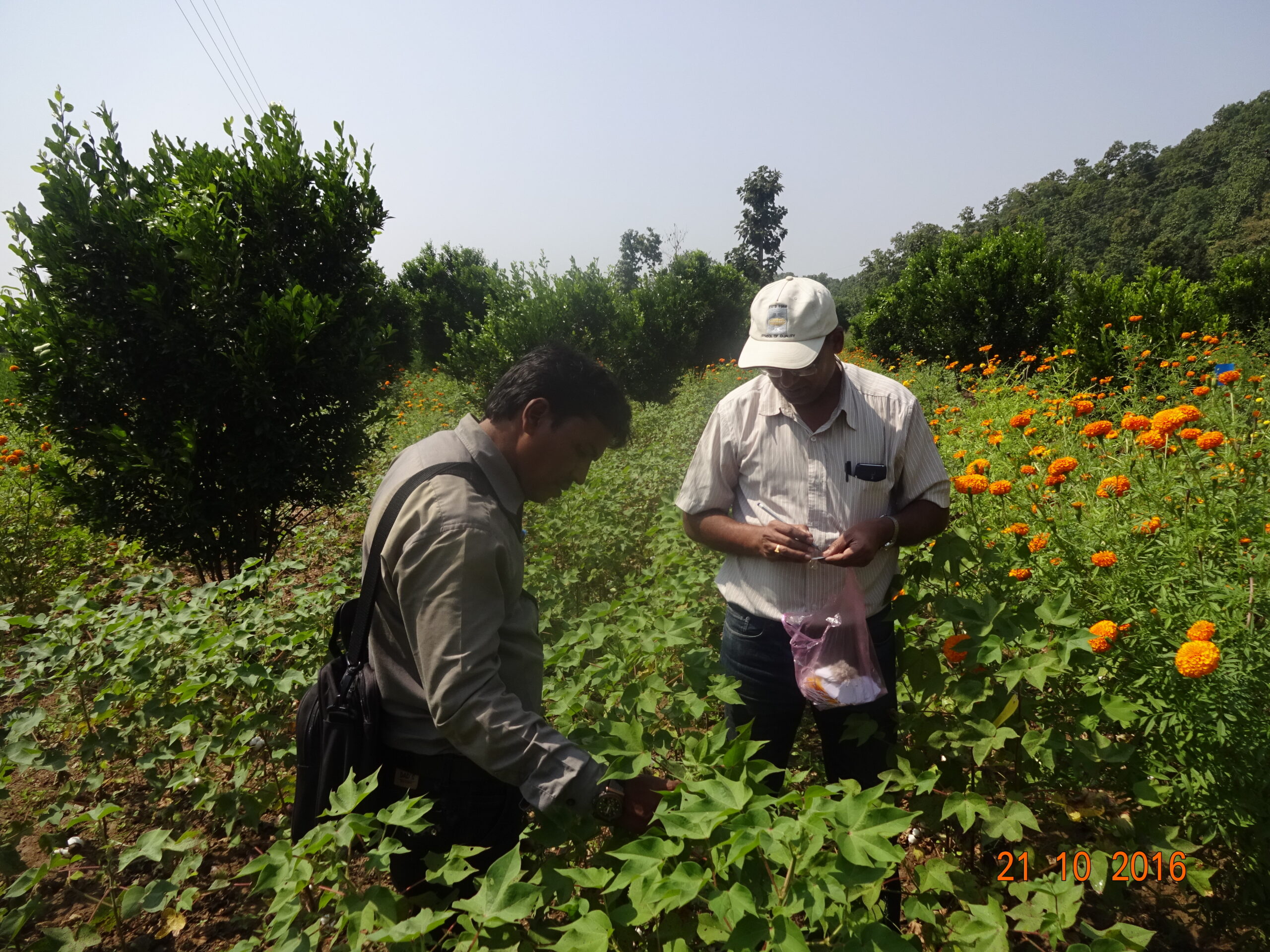Carbon Credit and Sustainable farming is the new hope for farmers and stakeholders of Sustainable landscape
Introduction:
In India, agriculture is the primary source of livelihood for about 58% of the population, contributing to around 17% of the country’s gross domestic product (GDP). India has a diverse topography, and that ensues different agricultural practices in different geographies. While the agricultural sector ensures Food security, it also has become a massive contributor to climate change. The existing food systems are responsible for 70% of water extraction from nature, 60% of biodiversity loss and generate around 1/3rd of greenhouse gas emissions. It is vital to learn that land availability is finite whereas food demand will always be soaring. We cannot increase air, water, soil and minerals in our ecosystem, but we can restore and prevent it from further degradation.
A common issue plaguing this whole sector is poor agricultural land management. Be it wheat and paddy in the northern part of India or spices in south India, commercialising of crops has led to increased use of inorganic fertilisers, bad residue management practices, and poor land management as a whole- all in an attempt to increase the yield.
Hence, there is a dire need to rectify these practices, while also ensuring that the livelihoods of local/farmer communities are not compromised.

Potential Impact and benefits of the carbon credit program :
One needs to look at impact and benefits of carbon credit program as what value is it offering form social, environmental and economic perspectives, primarily it should benefits to the local farmers and the ecosystem. It should also contribute to agricultural productivity and offer better yield to the local farmers, which would address bigger challenges like food security. The reduction of expenses with regards to the usage of chemical fertilizers would also provide economic benefits.
In addition, the carbon sequestration by the soil would improve its health and increase the organic matter that provides necessary nutrients to the crop. Finally, the removal of GHG emissions addresses global warming.
Carbon credit could attaract various activities which could be related to agroforestry where trees or shrubs would be grown around or among crops or pastureland. This would increase the green cover, reduce water retention, and water consumption.
10 point agenda of Carbon Credit program / how to do it :
1. Lauch projects which will outlay the strategy and framework of its implementation.
2. Train farmers who will part of this project and further helps in creating the ecosystem more resilient to the impact of climate change. Offer and share clear incentive plan for farmers and other stakeholders.
3. Conduct a roundtable and bring all those interested organisation and create a apex body who will govern the initiative.
4. Include government people and agencies who are working on climate change and forestary as it will help to provide insigts and helps in understanding complainces around it.
5. One needs to create a tailor made program and services which could offer the industry what their needs are and that exactly create appeal to their brand & identity.
6, Services / products could be carbon neutral and hasslefreee association, hence whoever finds the program suitability to their product/services, could join easily.
7. It sould cover major certifications in the industry which helps brands to just join and use it to their interest and contribute to the program success in financially and to reachout to massess.
8. Profit / revenue from this program could be majorly shared by the primary stakeholders
9. The carbon project should have the capacity to generate enough carbon credits to transfer money back to the communities/stakeholders as well as achieving the net-zero goals of the private players.
10. It should be focused on increasing soil carbon sequestration through improved cropland management, and reduce GHG (CO2, CH4, N20) emissions by reducing crop residue burning, mulching, composting, growing green manure crops, using more organic fertilisers, reducing biomass burning and agroforestry.
Way foreward – carbon credit is a step towards sustainability with constraints: –
• Carbon Sequestration / Carbon Credit program needs more clarity for effective implementation on the ground
• It needs geographical data of farms and project area which needs to clarified
• Identity and Bank details of the farming community will be needed and collecting the bank details poses questions by community to us as why we are asking the details. So, we need to communicate to project stakeholders about the program in a way as it shouldn’t create conflicts among farmers.
• Timeline needs to be defined as when community / farmers / stakeholders will get paid, at what will be the ratio of payment.
• We need to assure the method of carbon assessment and its impact. Clarity on baseline, end line and methodology should be explained to us.
• We need to seek programs / organizations who offers the learning and process of getting carbon credits i.e., one can plan the upcoming project in a way that all the stakeholders could get benefits of carbon sequestration credits as it will be an additional incentive for our farmers. It offers technical and implementing knowledge for carbon credits and trading.
• In conclusion, I believe that we should definitely explore this theme as it holds scope for the upcoming future, moreover it is one of the trending topics for all premier agencies working on climate change.
This page is fabulous. The splendid substance shows the manager’s energy. I’m overwhelmed and envision additional such extraordinary posts.
I have read some excellent stuff here Definitely value bookmarking for revisiting I wonder how much effort you put to make the sort of excellent informative website.